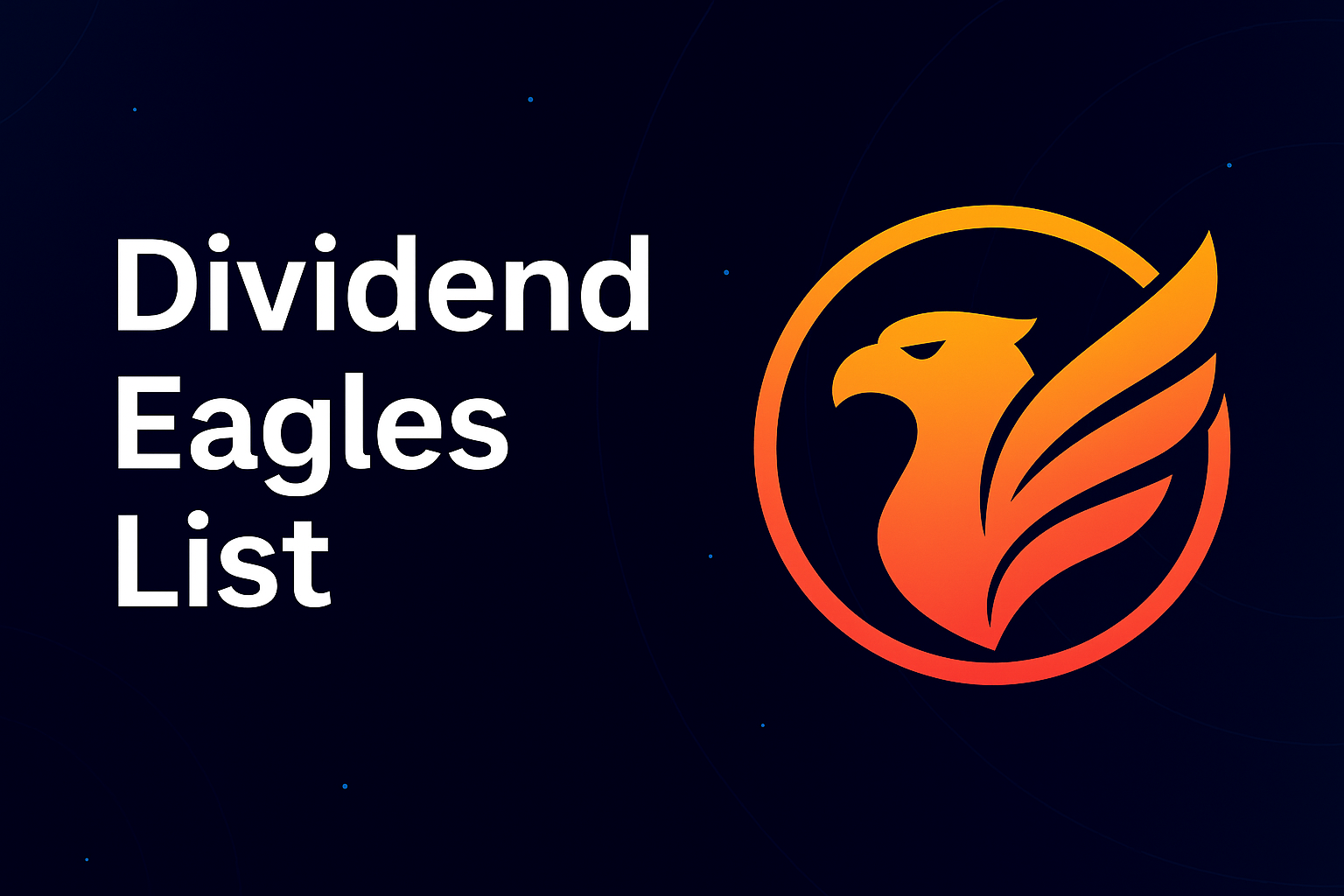Dreaming of retiring earlier than the traditional age? Achieving financial independence and enjoying the freedom of an early retirement is a realistic goal if you’re prepared to plan carefully and stay disciplined. In this article, we’ll cover the key steps and strategies that can help you pave the way to retire early. Learn how to manage your finances, build your savings, and invest wisely to create a sustainable foundation for a work-free future.
Table of Contents
What Is Early Retirement?
Early retirement refers to leaving the workforce before the traditional age to retire, typically around 65. It means achieving financial independence at a younger age, allowing you to live off your savings without relying on a full-time job. For some, it may occur in their 50s or even 40s, depending on their financial strategy. The goal is to have enough passive income or assets to maintain your desired lifestyle without the need for regular employment.
What Is a Good Monthly Retirement Income?
A good monthly retirement income depends on your lifestyle, location, and personal financial goals. On average, financial experts suggest aiming for 70-80% of your pre-retirement income to maintain a similar standard of living. For example, if you earned $5,000 per month before retiring, you might need around $3,500 to $4,000 per month in retirement. However, this amount can vary depending on factors like housing costs, healthcare expenses, travel plans, and inflation. A well-planned retirement budget and diversified income sources, such as pensions, Social Security, can help ensure financial stability throughout your retirement years.
What Is Financial Independence, Retire Early (FIRE)?
Financial Independence, Retire Early (FIRE) is a lifestyle movement that advocates saving and investing a significant portion of your income, usually around 50-70%, in order to reach FI early and retire well before the traditional retirement age 65.
The FIRE movement has two key components:
- Financial Independence (FI): Achieving a state where your accumulated assets, and savings generate enough passive income to cover your living expenses without needing to work actively. This allows you the freedom to choose how to spend your time, whether you want to continue working, pursue hobbies, travel, or engage in other fulfilling activities.
- Retire Early (RE): Retiring much earlier than the conventional age to retire, often in one’s 30s, 40s, or 50s. “Retirement” in this context doesn’t always mean not working at all; it could mean working on passion projects, freelancing, or working part-time.
Types of FIRE
- Lean FIRE: Living frugally and retiring with a relatively low amount of savings, focusing on minimalism and cutting expenses.
- Fat FIRE: Aiming for a more comfortable or even luxurious retirement with higher savings, allowing for more discretionary spending.
- Barista FIRE: Having enough savings to cover most expenses but still working a part-time or less stressful job to cover some additional costs or for personal fulfillment.
Key Strategies
- Aggressive Saving: Saving a high percentage of income, typically between 50-70%, compared to the standard 10-20%.
- Investing: Using low-cost index funds, real estate, or other investment vehicles to grow wealth and generate passive income.
- Frugality: Living below your means by reducing unnecessary expenses, cutting out luxuries, and practicing minimalism to boost savings.
The ultimate goal of FIRE is to give individuals control over their time and financial future, breaking free from the conventional 9-to-5 work structure.
What is an early retirement age?
An early retirement age is generally considered to be any age before the traditional retirement range of 65 to 67, which is when people typically start receiving full social security benefits or pensions in many countries. In the context of the FIRE movement, early retirement can occur as early as your 30s or 40s.
Common Age Ranges:
- Age 40 or age 50: This is considered an aggressive early retirement age and usually requires a very high savings rate and disciplined investing strategy, as seen with people pursuing “Lean FIRE” or “Fat FIRE.”
- Age 60: Many consider retiring in their 60s to be early, especially if they achieve FI before standard retirement ages.
Make an Investment Plan With a Pro
Partnering with a financial professional can be one of the smartest steps you take when planning to retire early. A certified financial advisor or investment manager can help tailor a strategy that fits your personal retirement goals, risk tolerance, and timeline. They’ll help diversify your portfolio, optimize tax strategies, and ensure you are consistently on track. Working with a pro not only boosts your financial confidence but also allows you to leverage expert knowledge, giving you the peace of mind needed to pursue early retirement successfully. Whether it’s contributing to an individual retirement account or diversifying through a brokerage account, expert advice can be crucial to staying on track.
Stay calm and invest on — aggressively
If you want to retire early, embracing an aggressive investment strategy is essential.
Conservative assets do not allow for rapid capital growth. As of November 11, 2024 United States 10-Year Bond Yield is 4.351%. 1-Year Change of S&P 500 is 35.92%.
But it’s equally crucial to remain composed during market turbulence. While aggressive investing can offer substantial growth opportunities, it also comes with increased volatility. Avoid knee-jerk reactions to market dips and stay focused on your long-term goals. By maintaining a steady investment approach and resisting the urge to make impulsive decisions, you’ll maximize your potential returns and keep your retirement plans on track. Embracing both strategic risk and calm perseverance will help you build the wealth needed for an early exit from the workforce.
Seven Steps to Retire Early
Retiring early is a dream for many, offering the freedom to pursue passions, spend time with loved ones, and enjoy life without the constraints of a traditional 9-to-5 job. Achieving early retirement requires careful planning, disciplined saving, and strategic investing. Here are seven essential steps to help you retire early.
1. Track Expenses and Create a Budget
Understanding Your Financial Picture
The first step toward retiring early is gaining a clear understanding of your current financial situation. Tracking your expenses helps identify where your money is going and highlights areas where you can cut back.
How to Get Started:
- Use Budgeting Tools: Utilize apps like Mint, YNAB (You Need a Budget), or even a simple spreadsheet to monitor your spending.
- Categorize Expenses: Divide your spending into categories such as housing, transportation, food, entertainment, and miscellaneous.
- Analyze Patterns: Look for recurring expenses that can be reduced or eliminated.
- Set Budget Goals: Establish realistic spending limits for each category to ensure you live within your means and maximize savings.
2. Increase Your Savings Rate
Boosting Your Savings to Accelerate Growth
A higher savings rate is crucial for accumulating the wealth needed for retirement early. The more you save, the faster your investments can grow through compounding.
Strategies to Increase Savings:
- Automate Savings: Set up automatic transfers to your savings and investment accounts each payday.
- Cut Unnecessary Expenses: Reduce discretionary spending on things like dining out, subscriptions, and luxury items.
- Increase Income: Seek opportunities for raises, promotions, or side hustles to boost your earnings.
- Adopt a Frugal Lifestyle: Embrace minimalist living by prioritizing needs over wants and finding cost-effective alternatives.
3. Invest Wisely
Maximizing Returns Through Smart Investments
Investing for retirement is a key component of building wealth for retirement early. Making informed investment choices can significantly enhance your financial growth.
Investment Tips:
- Diversify Your Portfolio: Spread investments across various asset classes such as stocks, bonds, real estate, and index funds to minimize risk.
- Focus on Low-Cost Index Funds: These funds offer broad market exposure with lower fees, enhancing long-term returns.
- Take Advantage of Tax-Advantaged Accounts: Utilize accounts like 401(k)s, IRAs (individual retirement accounts), and Roth IRAs to benefit from tax deferral or tax-free growth.
- Stay Invested for the Long Term: Resist the urge to time the market; instead, maintain a consistent investment strategy aligned with your goals.
4. Generate Multiple Income Streams
Building Diverse Revenue Sources for Financial Security
Relying solely on a single income source can be risky. Multiple sources of income provide financial stability and accelerate your path to retirement early.
Potential Income Streams:
- Side Businesses: Start a freelance gig, consult, or create a small business based on your skills and interests.
- Rental Properties: fund in real estate to generate passive income through rental payments.
- Dividend Stocks: fund in companies that pay regular dividends, providing a steady revenue stream.
- Royalties and Licensing: Earn money from creative works, patents, or intellectual property.
5. Pay Off Debt
Eliminating Debt to Free Up Resources
High-interest debt can significantly hinder your ability to save and invest. Prioritizing debt repayment is essential for financial freedom.
Debt Reduction Strategies:
- Debt Snowball Method: Pay off smallest debts first to build momentum and motivation.
- Debt Avalanche Method: Focus on paying off debts with the highest interest rates first to minimize total interest paid. It is usually advisable to pay off your credit card debt as soon as possible. The median average credit card interest rate for November 2024 is 24.62% (accordingly investopedia.com).
- Consolidate Debt: Combine multiple debts into a single loan with a lower interest rate to simplify payments and reduce costs.
- Avoid New Debt: Commit to living within your means and refrain from accumulating additional debt.
6. Plan for Healthcare and Other Costs
Preparing for Future Expenses
Healthcare costs can be a significant burden in retirement. Proper planning ensures that these expenses don’t derail your early retirement plans.
Planning Tips:
- Health Insurance: Secure comprehensive health coverage, whether through employer plans, private insurance, or health savings accounts (HSAs).
- Emergency Fund: Maintain a robust emergency fund to cover unexpected expenses without dipping into retirement savings.
- Estimate Future Costs: Research and estimate potential healthcare and living expenses in retirement to ensure adequate savings.
- Long-Term Care Insurance: Consider policies that cover long-term care needs, protecting your assets from high medical costs.
7. Set Your FIRE Number
Determining Your FI, Retire Early (FIRE) Target
Your FIRE number is the amount of money you need early-retirement comfortably. Calculating this figure provides a clear goal to work towards.
Calculating Your FIRE Number:
- Estimate Annual Expenses: Determine how much you need annually to cover living expenses, healthcare, and leisure activities.
- Apply the 25x Rule: Multiply your annual expenses by 25 to find your FIRE number. This is based on the 4% withdrawal rate, a common guideline for sustainable retirement spending.
For example, if you need $40,000 per year:
$40,000 x 25 = $1,000,000 - Adjust for Inflation and Lifestyle: Consider future cost increases and desired lifestyle changes to refine your FIRE number.
- Monitor and Reassess: Regularly review your FIRE number as your financial situation and goals evolve.
Achieving Your FIRE Number:
- Set Milestones: Break down your FIRE number into achievable savings targets.
- Stay Disciplined: Maintain consistent saving and investing habits to reach your goal.
- Seek Professional Advice: Consult with financial advisors to optimize your strategy and ensure you’re on track.
FAQ
How much money do I need to retire early?
The amount of money you need early-retirement depends on your annual expenses and lifestyle. A common rule of thumb is to multiply your annual expenses by 25, which gives you your FIRE number. This is based on the 4% rule, which suggests you can safely withdraw 4% of your savings each year in retirement.
Example:
If you need $50,000 per year to live comfortably, your FIRE number would be $1.25 million ($50,000 x 25).
What is the fastest way to retire early?
The fastest way to retire early involves a combination of high savings, smart investing, and controlling expenses. Key steps include:
- Increase your savings rate: Save as much of your income as possible (50% or more if feasible).
- Invest for growth: Put your money in diversified, growth-oriented investments such as stocks or real estate.
- Minimize lifestyle inflation: Keep your spending in check even as your income increases.
- Generate multiple sources of income: Start side businesses, invest in rental properties, or build passive income sources.
Can I retire at 60 with $500k?
Retiring at 60 with $500k is possible, but it depends on your lifestyle, spending habits, and whether you have other income sources, such as Social Security. Using the 4% rule, you could withdraw $20,000 per year from $500k. You’ll need to assess whether $20,000 annually, along with any other income sources, is enough to cover your living expenses.
Is $1,000,000 enough to retire at 60?
Retiring with $1,000,000 at 60 is feasible for many, depending on your annual expenses. If you follow the 4% rule, you could withdraw $40,000 per year. If your yearly living expenses are less than $40,000, or you have additional income from pensions or Social Security, $1,000,000 might be enough for a comfortable retirement.
How much money do I need to retire at 55?
If you want to retire at 55, you’ll need to consider your expected annual expenses and how long your savings need to last. Using the 4% rule, you would multiply your yearly expenses by 25. You may also need to factor in health insurance and other costs until you’re eligible for Social Security or Medicare.
For example, if your annual expenses are $50,000, you’d need $1.25 million ($50,000 x 25) saved for retirement.
How to retire as quickly as possible?
To retire as quickly as possible, you need to save, invest wisely, and control your expenses. Key strategies include:
- Maximize your income: Pursue promotions, salary increases, or side jobs to boost earnings.
- Cut unnecessary expenses: Live below your means and invest the difference.
- Automate your savings: Set up automatic transfers to investment accounts.
- Focus on growth investments: Allocate funds to high-growth assets like stocks, real estate, or index funds.
- Pay off debt: Eliminate high-interest debts that reduce your ability to save and invest.






